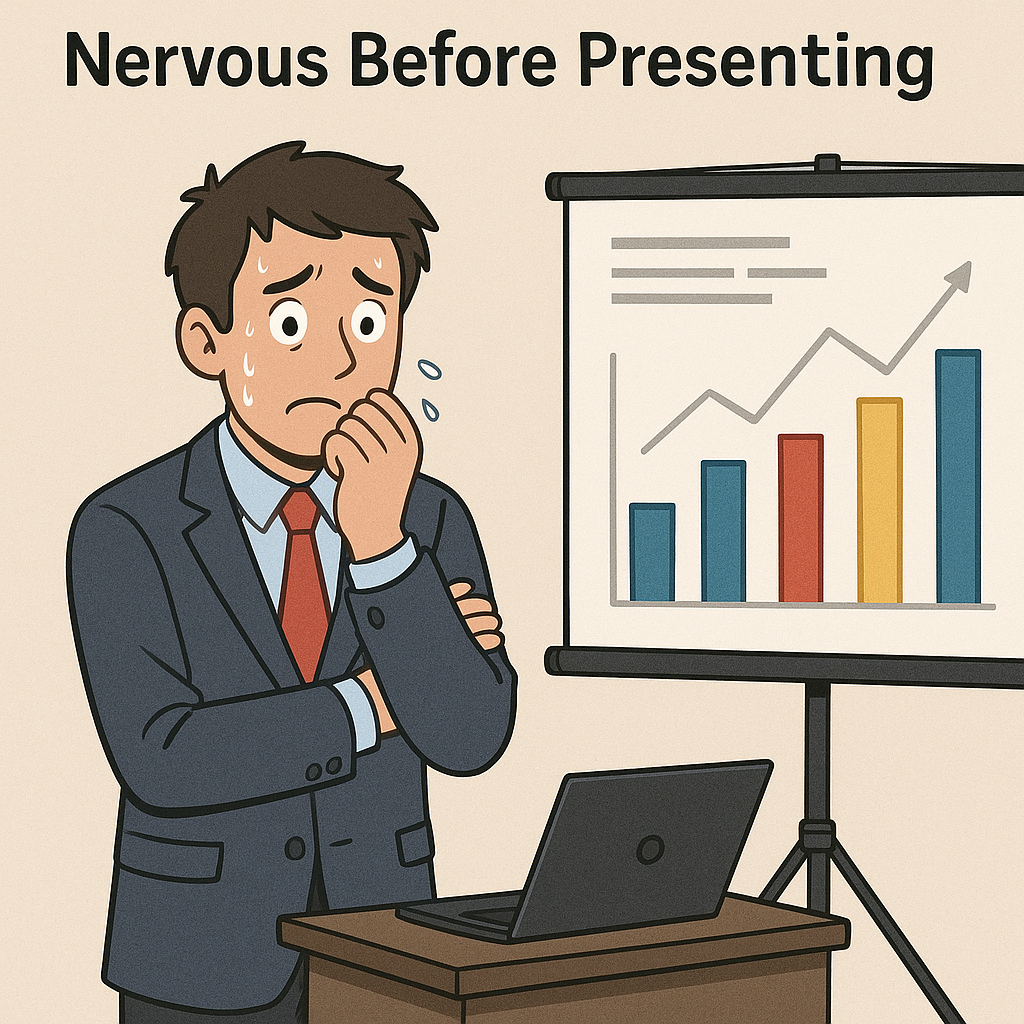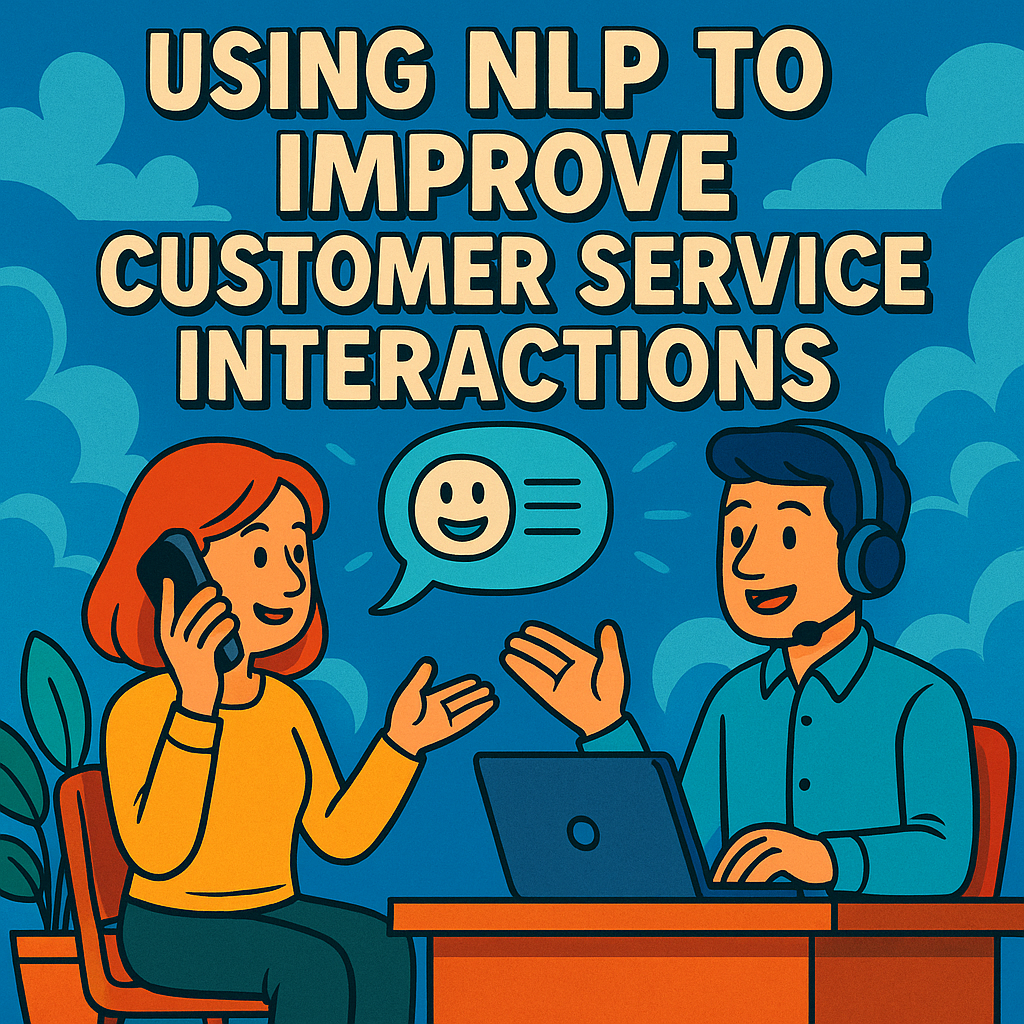
Resolving Workplace Conflicts Using NLP Techniques

NLP Techniques to Resolve Workplace Conflicts
What Is NLP and Why It Works in the Workplace?
NLP (Neuro-Linguistic Programming) explores how language, thoughts, and behavior interact. It helps professionals recognize communication patterns, emotional triggers, and unconscious beliefs. When used strategically, NLP reduces misunderstandings, improves empathy, and unlocks collaborative solutions.
Fortune 500 companies have used NLP techniques in leadership, coaching, and team development to boost cohesion and psychological safety.
Common Causes of Workplace Conflict
To resolve conflict, first understand its roots. NLP helps identify the hidden structure behind every disagreement. Common triggers include:
Miscommunication (tone, body language, or unspoken expectations)
Conflicting values or goals
Personality clashes
Power struggles or poor feedback loops
Each of these reflects different internal maps of reality—a concept NLP explains well. When two people have different perceptions of the same situation, friction arises.
1. Reframing: Changing the Mental Lens
Conflict is often a difference in meaning. Reframing helps individuals view situations from a new angle—turning criticism into constructive feedback.
🧠 Example: Instead of “They’re micromanaging me,” the reframe might be, “They care about the outcome and want to help.”
👉 Use in team meetings or performance reviews to rewire complaints into possibilities.
2. Matching and Mirroring: Building Rapport
People trust those who feel familiar. Matching body language, tone, and pace helps defuse defensiveness and build unconscious rapport.
👥 In emotionally charged conversations, subtly match the other person’s breathing or posture. They’ll feel seen and heard—often before words are even exchanged.
3. Language Patterns: Speak to the Subconscious
NLP uses precision language and presuppositions to guide conversations away from blame and toward solutions.
🔑 Instead of: “Why did you do that?”
✨ Try: “What would help us both feel heard here?”
This change softens resistance and keeps communication focused and forward-moving.
4. Anchoring Calm States
Conflicts can trigger old emotional patterns. Anchoring helps employees access calm, resourceful states on cue.
🌱 Tip: Before a difficult talk, anchor a confident feeling by touching your thumb and forefinger while recalling a moment of success.
Reinforce this “calm switch” with repetition.
NLP Benefits for Teams and Leaders
✅ Higher Emotional Intelligence
✅ Faster Conflict Resolution
✅ Stronger Team Cohesion
✅ Healthier Communication Culture
✅ More Productive Meetings
Leaders who practice NLP often report better team morale and fewer interpersonal issues.
"Before NLP, I struggled with tough conversations. Now I listen deeper and speak with impact. My team is thriving." – HR Leader, Malaysia
Kickstart your journey with Ashton Training Academy!
Ready to understand how your brain really works—and how to take charge of it?
At ATAP, we offer:
> NLP coaching sessions to eliminate mental and emotional blocks
> Practical NLP workshops for professionals and leadership teams
> Corporate training programs to boost performance, mindset, and communication
We don’t just teach NLP—we help you live it.
Ashton Training Academy - Transforming thinking. Empowering Leaders. Healing the world.

Klang Office:
32, Lorong Angsa,
Taman Berkeley, 41150 Klang, Selangor
Subang Jaya Office:
39, Jalan SS 17/1A, Ss 17, 47500 Subang Jaya, Selangor
© Ashton Training Academy PLT ( LLP0003676-LGN) 1997 - 2023. All rights reserved.


